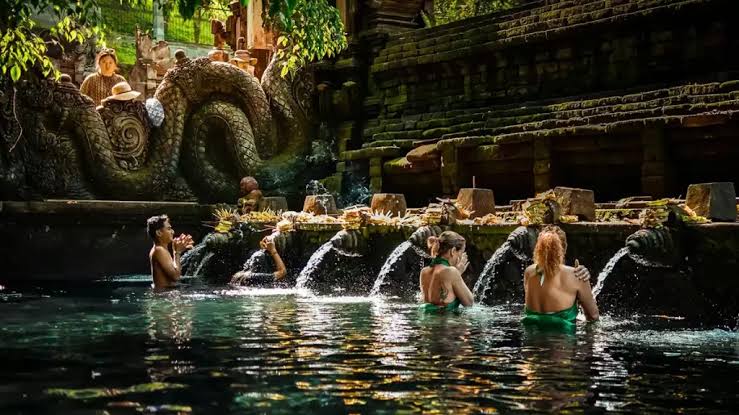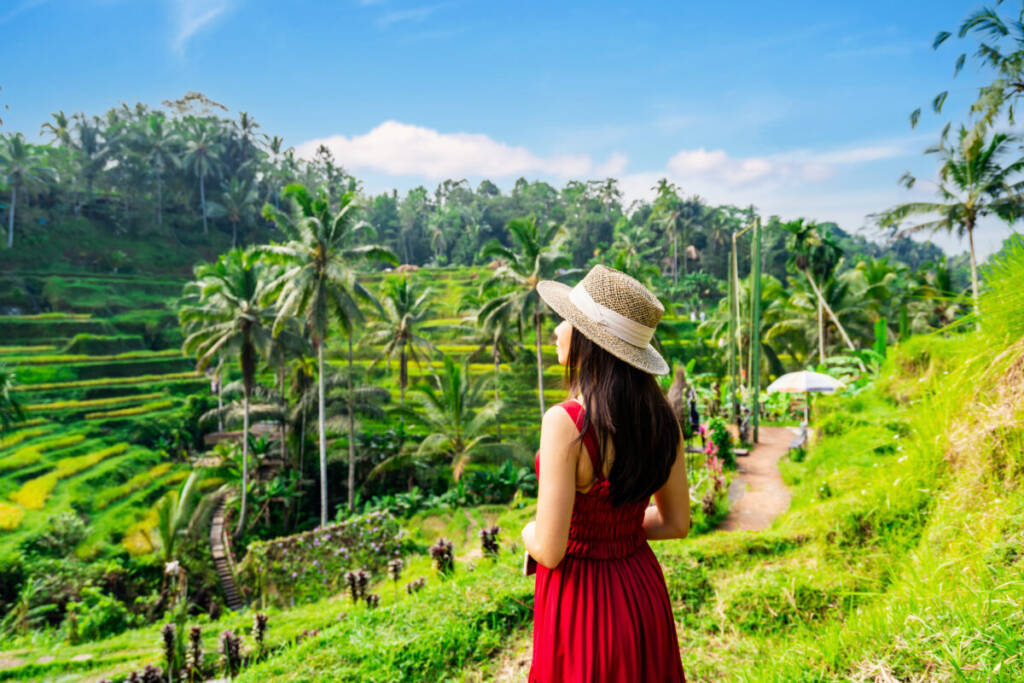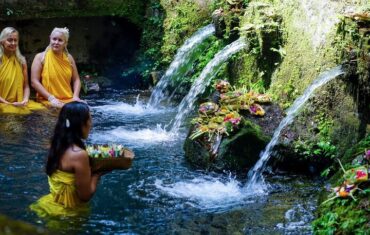Top Cultural Sites in Bali
Top Cultural Sites in Bali: Why Bali’s Culture is its True Treasure
Generally, Bali is famous for its stunning beaches and lush landscapes, its true magic lies in its profound and vibrant culture. A visit to Bali is incomplete without exploring the spiritual and artistic landmarks that define its identity. Tri Hita Karana guides you to discover Bali’s culture, fostering harmony between people, nature, and also the divine.
This article will guide you through the must-visit cultural sites in Bali, also helping you plan a journey that goes beyond the surface and connects you with the island’s soul.

The Iconic Sea Temples: Where Land Meets the Divine
Bali’s magnificent sea temples were built to appease the gods and protect the island from evil spirits and negative forces. These are arguably the most famous cultural sites in Bali and are also a testament to the island’s deep spiritual connection to the ocean.
1. Tanah Lot Temple: The Sunset Icon
Perched dramatically on a rock formation in the sea, Tanah Lot is one of Bali’s most photographed landmarks. At high tide, the temple becomes a silhouetted island, creating a breathtaking and mystical scene, especially at sunset. The temple itself is a place of deep reverence, dedicated to the sea gods.
- Tip for your visit: Arrive in the late afternoon to experience the stunning sunset. While you cannot enter the temple itself (only Balinese Hindus can), you can walk along the mainland to get the best views and take spectacular photos.
2. Uluwatu Temple: A Cliffside Sanctuary
Located on a high cliff overlooking the Indian Ocean, Uluwatu Temple offers one of the most spectacular views on the island. This 11th-century temple is a key cultural landmark, but it is also renowned for the nightly Kecak fire dance performance held in its open-air amphitheater. The dance, which tells the story of the Ramayana epic, is a powerful and unforgettable experience.
- What to know: Be mindful of the resident monkeys! They are known for being mischievous and may snatch sunglasses or hats.
Ubud: The Cultural Heart of Bali

Nestled among rolling rice paddies and lush jungles, Ubud is widely considered Bali’s artistic and also cultural center. This is where you can truly immerse yourself in the island’s traditions, from art and dance to spiritual practices.
3. Ubud Palace (Puri Saren Agung)
This historical royal palace is a central point of interest in Ubud. While the interior is not open to the public, the beautiful architecture and courtyards are well worth a visit. In the evenings, the palace courtyard hosts captivating traditional Balinese dance performances, including the graceful Legong dance.
4. Tegallalang Rice Terraces
More than just a beautiful landscape, the Tegallalang Rice Terraces are a prime example of the Subak system—a traditional, democratic irrigation network that has been a UNESCO World Heritage site since 2012. This system reflects the Balinese philosophy of Tri Hita Karana by ensuring the harmonious and sustainable use of water for farming.
- Experience: You can walk through the vibrant green paddies, swing over the valleys, and also learn about the ancient irrigation system from local farmers.
Holy Temples & Ancient Sites
Bali has many sacred temples and historical sites, each with a unique story and spiritual significance for visitors to discover.
5. Besakih Temple: The Mother Temple
Located on the slopes of Mount Agung, Bali’s highest volcano, Besakih Temple is the largest and most important Hindu temple complex on the island. It’s often referred to as the “Mother Temple” and serves as the spiritual center for Balinese Hindus. The complex comprises over 80 individual temples and shrines, making it a powerful and awe-inspiring pilgrimage site.
6. Tirta Empul Temple: The Holy Water Spring
Generally, Tirta Empul is a sacred water temple famous for its holy spring water, where Balinese Hindus perform ritual purification. Visitors are welcome to participate in the purification ceremony (melukat), which involves a gentle cleansing in the temple’s main pools. It is a deeply spiritual experience and also a beautiful way to engage with Balinese beliefs.
7. Goa Gajah (Elephant Cave)
Dating back to the 11th century, the archaeological site Goa Gajah has a cave entrance with a menacing, gaping mouth carved into it. Inside the cave, you’ll find ancient relics and also statues of Hindu gods. The surrounding grounds are a peaceful sanctuary with beautiful gardens and bathing pools, providing a glimpse into Bali’s spiritual past.
Final Thoughts: More Than Just a Vacation
Exploring these top cultural sites in Bali reveals an island that is much more than a tropical paradise. In Bali, people weave spirituality into the fabric of daily life, and they preserve and celebrate ancient traditions.
By visiting these places, you not only enrich your own travel experience but also show respect for the incredible culture of the Balinese people. On your next trip, look beyond the scenery to discover the rich, spiritual heart of Bali.
Chat with is on WhatsApp if you need more information about Bali.
In additionally, please check on our services:







